Geraniums, with their vibrant blossoms and aromatic leaves, add a touch of charm to gardens, balconies, and windowsills. While these resilient plants are known for their hardiness, coaxing them into a profusion of blooms requires a bit of care and attention. However, by following these easy tips and tricks, you can keep your geraniums blooming stunningly and enjoy their beauty all year round.
Tips To Get Geraniums To Bloom
1. Provide Adequate Sunlight
Geraniums are sun lovers, and access to sufficient sunlight is key to triggering abundant blooms. Ensure your geraniums receive at least 6 to 8 hours of direct sunlight each day. If you’re cultivating them indoors, place them near a south-facing window where they can bask in the sunlight. Outdoor geraniums thrive in full sun but can tolerate partial shade.
2. Optimal Watering Practices
Proper watering is crucial for geraniums to bloom profusely. Overwatering can lead to root rot while underwatering can stress the plant. Allow the top inch of the soil to dry out between waterings. When you do water, provide a thorough soak to ensure the entire root system receives moisture. Using well-draining soil and containers with drainage holes prevents waterlogged conditions, promoting healthy root development and ultimately encouraging blooms.
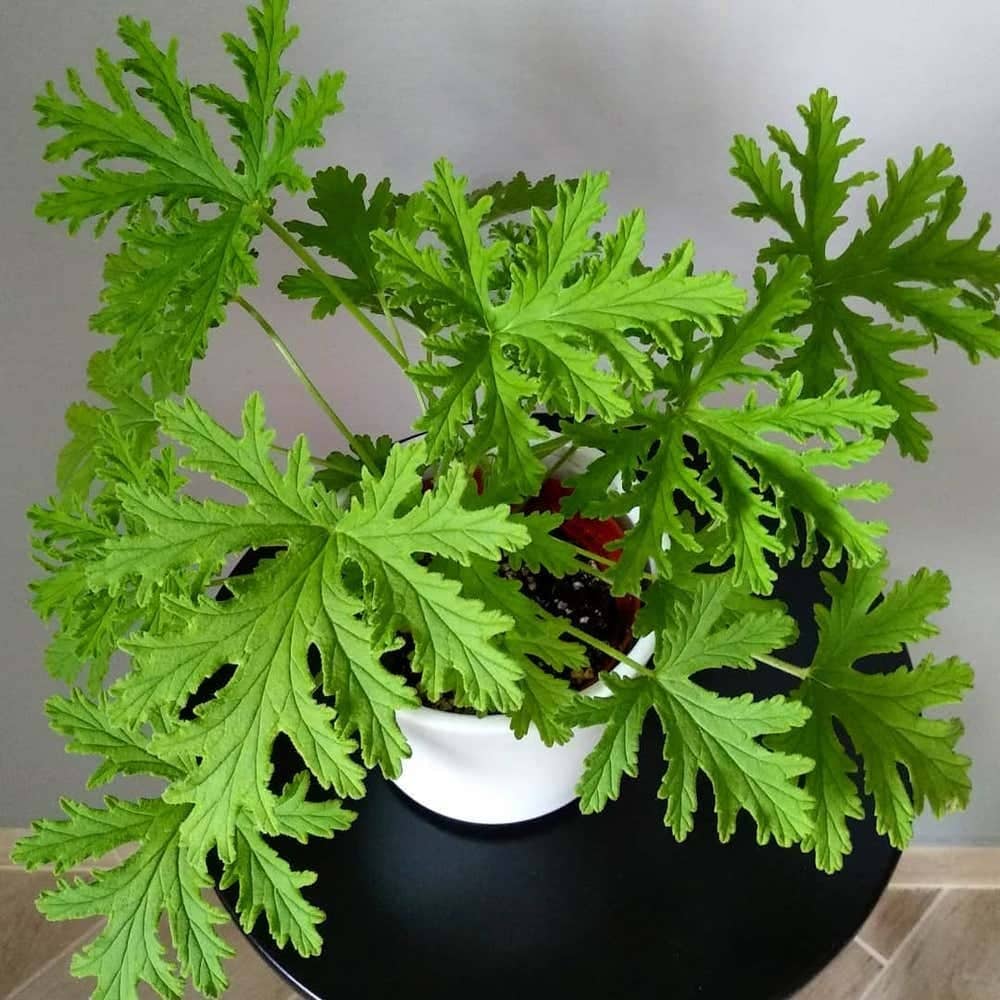
3. Fertilize Regularly
Geraniums are light feeders but benefit from regular fertilization during the growing season. Choose a balanced, water-soluble fertilizer with equal N-P-K (Nitrogen, Phosphorus, Potassium) ratios or a formulation slightly higher in phosphorus. Phosphorus is essential for flower development.
You should begin fertilizing in early spring and continue every 4-6 weeks throughout the growing season. Be cautious not to over-fertilize, as excessive nutrients can lead to lush foliage at the expense of blooms.
4. Deadheading For Continuous Blooms
Deadheading is a simple yet effective way to encourage continuous blooming in geraniums. As blooms fade, use clean, sharp scissors or pruning shears to snip the spent flower heads just above a set of healthy leaves. This prevents the plant from putting energy into seed production and redirects its resources towards producing more flowers. Regular deadheading throughout the blooming season keeps your geraniums looking fresh and vibrant.
5. Pruning And Shaping
Pruning and shaping geraniums play a significant role in stimulating bushier growth and promoting more flower buds. Pinch back the growing tips regularly, especially during the early stages of growth, to encourage lateral branching. This results in a compact and well-branched plant that produces an abundance of flower buds.
Additionally, if your geraniums become leggy or unruly, a more severe pruning in late winter or early spring can rejuvenate the plant, leading to a burst of new growth and blooms.
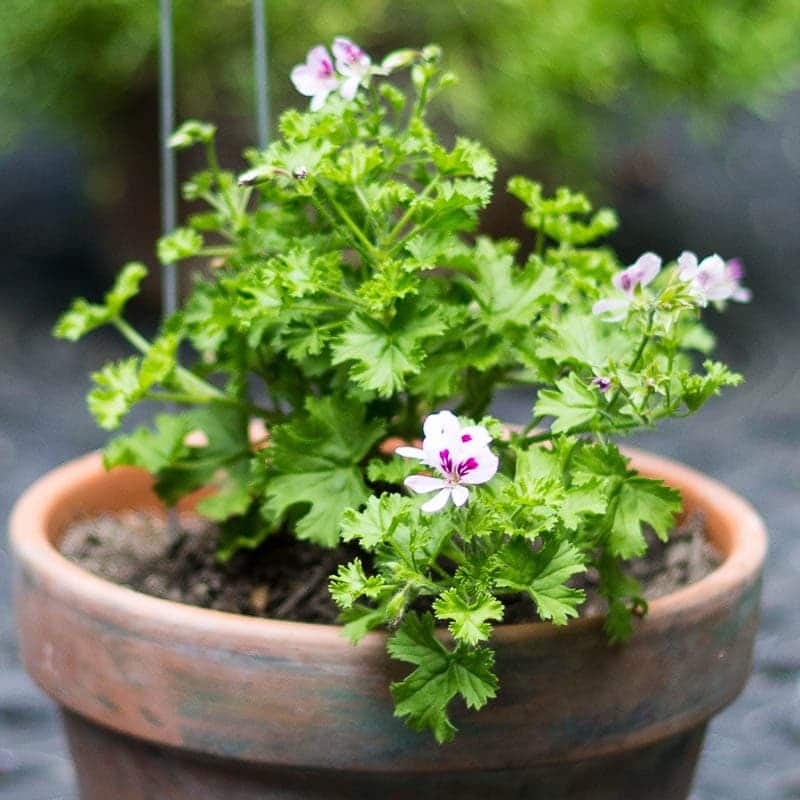
Reasons Your Geraniums Don’t Bloom
1. Insufficient Sunlight
One of the primary reasons geraniums may not bloom is inadequate sunlight. If they don’t receive the required hours of direct sunlight, their energy is directed towards survival rather than flowering. Evaluate the positioning of your geraniums and consider relocating them to a sunnier spot.
2. Improper Watering Practices
Overwatering or underwatering can both hinder blooming. Waterlogged soil deprives roots of oxygen, while dry soil stresses the plant. Thus, striving for a balance is key, allowing the soil to dry out slightly between waterings and providing thorough but not excessive moisture.
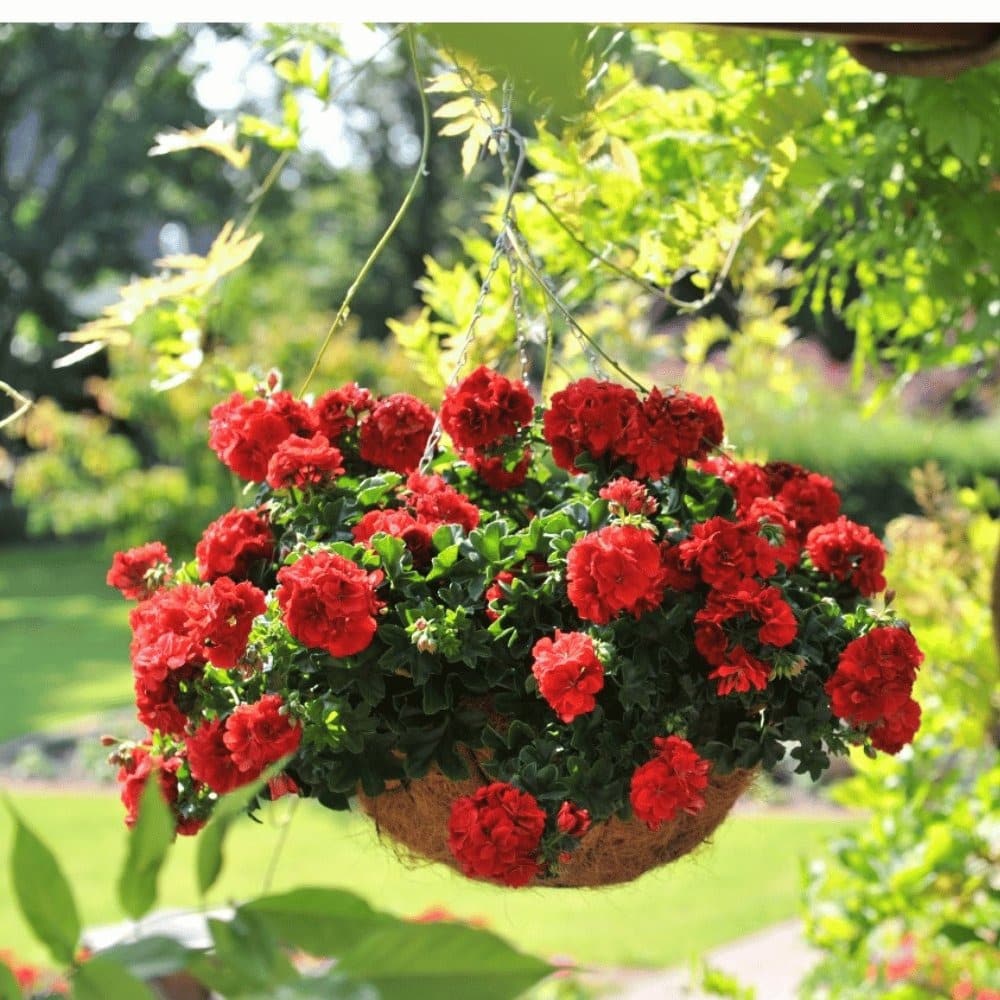
3. Lack Of Nutrients
Geraniums need proper nutrition to bloom, and a deficiency in essential nutrients, particularly phosphorus, can impact flower production. Regularly fertilize your geraniums with a balanced fertilizer to ensure they receive the nutrients needed for robust blooming.
4. Old Age And Exhaustion
Like any plant, geraniums have a lifespan, and older plants may become less productive in terms of flowering. If your geraniums are several years old and exhibit reduced blooming despite proper care, consider rejuvenating the plant through pruning or starting anew with fresh, young plants.
5. Pests And Diseases
Pest infestations or diseases can divert a plant’s energy away from blooming. Regularly inspect your geraniums for pests such as aphids, spider mites, or fungal issues. Treat any problems promptly to ensure the plant can allocate its resources towards blooming.
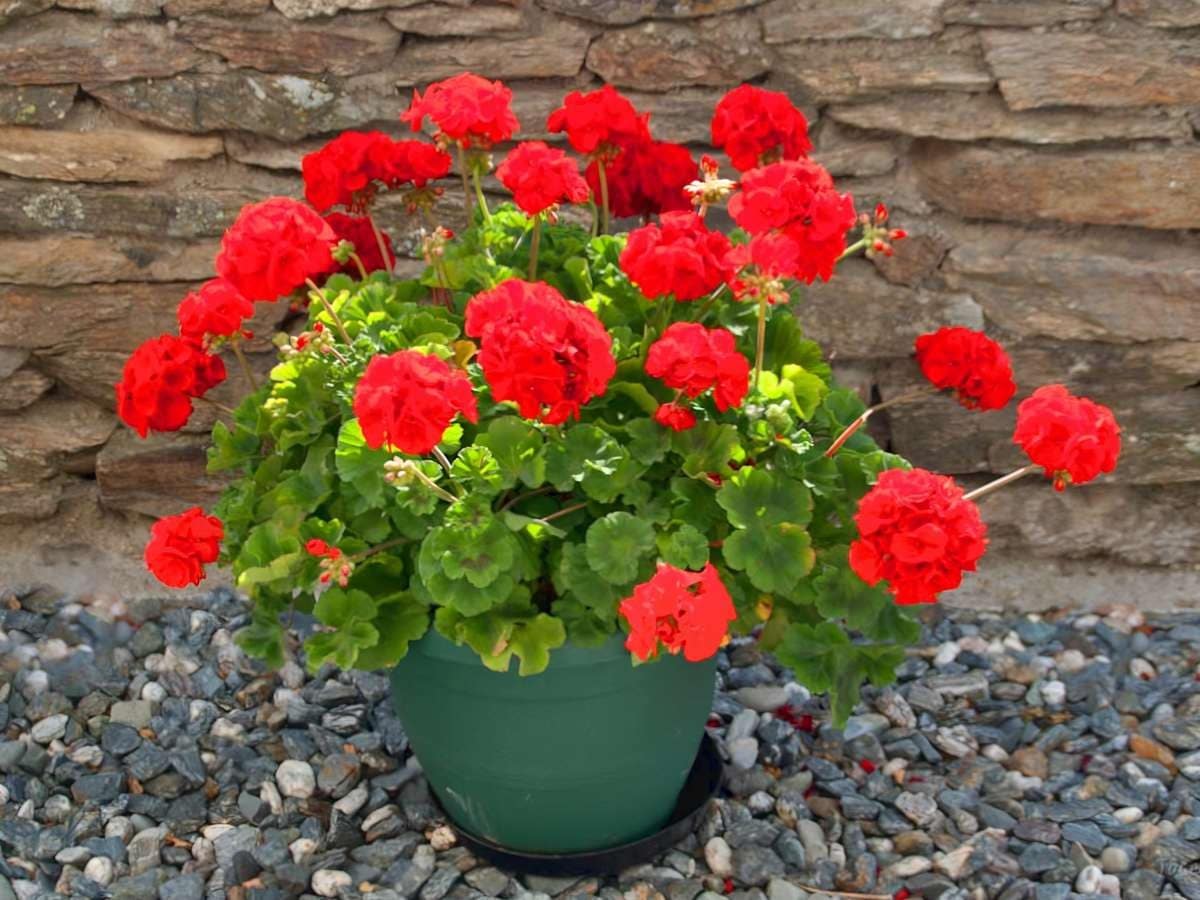
FAQS
1. Can Geraniums Thrive Indoors?
Yes, geraniums can be grown indoors. Ensure they receive ample sunlight, and use well-draining soil to prevent overwatering.
2. How Do I Overwinter Geraniums?
Geraniums can be overwintered indoors by bringing them inside before the first frost and placing them in a bright, cool, and dry location. Water them sparingly and do not fertilize them until spring. Alternatively, you can take cuttings from healthy stems and root them in moist soil or water.
3. How Do I Prevent Pests On My Geraniums?
Regularly inspect your plants for pests, and use natural remedies or insecticidal soap to address issues promptly. Ensure good airflow around the plants to discourage pests.
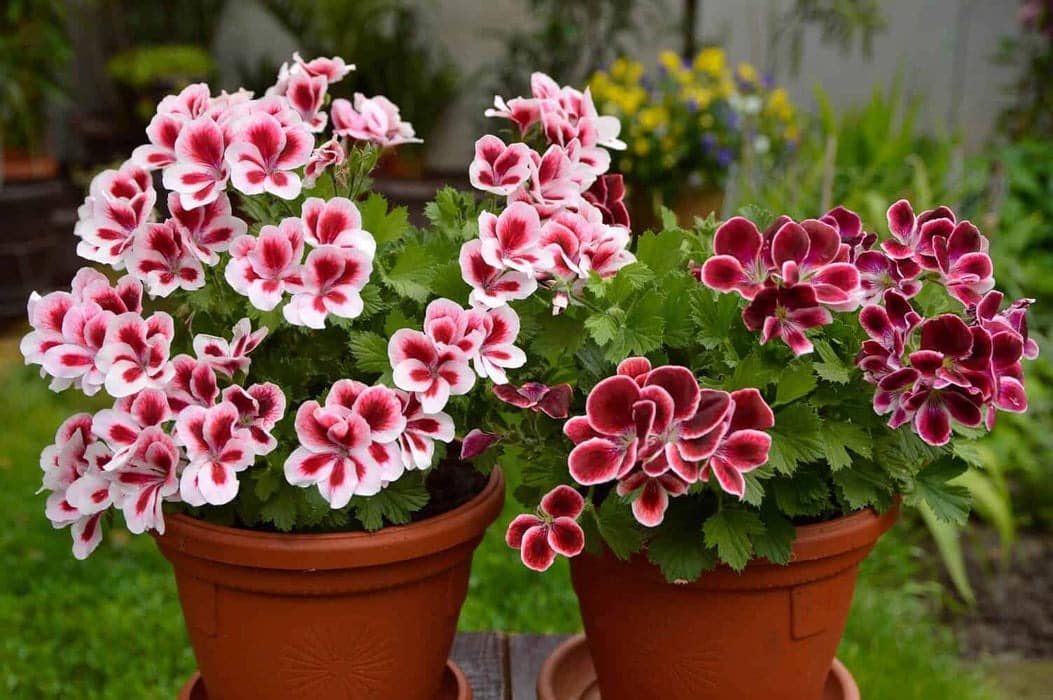
Geraniums are considered the most popular of all hardy perennials. These timeless garden favorites are perfect for filling gaps and creating stunning pots. With the right care, they will also provide you with an abundance of beautiful blooms for years to come.
